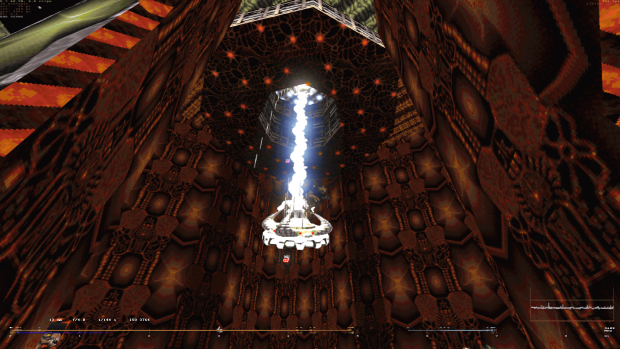Brahma is a 3D game engine with a rather retrofuturistic design, intended for small studios and solo developers. It's being written from scratch in C++ using standard Windows API and no third-party libraries. This technology introduces an entirely new class of low-latency real-time engines that make special timing requirements, treating frames as video fields with a target time budget of 2-4 ms each, down from 16-33 ms frame budgets normally seen in game engines. It evolves in a different way than other modern engines, rejecting conventional BSP, Z-buffer, floating-point coordinates, and most of the lame screen-space effects in favor of innovative and efficient techniques. The engine is non-Euclidean capable to some degree; also it supports true displacement mapping for sectors as a means to virtualize geometry that affects collisions. The engine is also carefully designed to be easy and convenient to develop for, yet versatile and adaptive to any needs.
The color look-up tables used for shading now can be configured to form a set of predefined hues, providing a solid foundation for actual color lighting inside the engine. This reactor room was given a red tint using the new system.
The lens flare effect now has a second mode that uses a rotationally symmetric (perfectly circular) profile instead of plain HUD sprites. This new mode is based on the already existing procedural vignette effect that was complemented with additive blend. It supports high dynamic range, Bayer dithering and automatic trimming of the invisible part (i.e. brighter flares will excite a larger portion of the profile and appear bigger). This can give improvements to both speed and quality, as such flares can extend further without much performance loss, and should exhibit less banding for a wisely designed palette.






